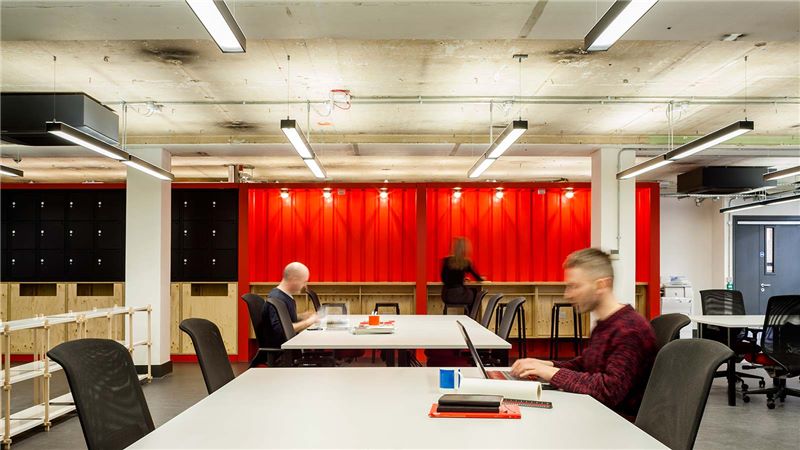Overcoming the five challenges of hybrid working
After home working became a necessity for the majority in 2020, it is expected that fewer than 45% will return to full time office-based working in 2021 - the majority opting to split their time between both locations. There’s no doubt that even with the rise in remote working, employees will always have a need for the office.
Despite hybrid working being around for years, as a concept, few companies have operated a true hybrid model that supports employees in equal measure, regardless of their workplace and is able to maximise the benefits and minimise the constraints that each present.
So, with ‘hybrid’ looking to be the new normal, how can companies ensure the best of both worlds?
Companies and individuals can absolutely make hybrid working work for them - but they can’t expect it to just happen, it needs a strategy behind it that involves the expertise of HR, IT, wellbeing, training and communications, to name a few.
There are different types of hybrid-models, ones that see more employees coming to the office, split their time more equally, or lean towards home-based working. Regardless, it’s the mix of work locations that causes the challenge, but it is possible to ensure that employees and teams are able to thrive in both environments and, done well, it will increase productivity and wellbeing.
1. An even playing field
Employees working remotely often feel excluded just because they are not in the room. All employees should be encouraged to follow meeting etiquette where video calls are encouraged rather than phone calls and remote workers are given equal opportunity to contribute.
This also applies to distributing tasks and projects. Team leaders need to ensure that work is not just awarded to employees who are in the office during that given time and day. Measures need to be established to ensure that work continues to be distributed to the employee most suited to the task.
2. Breaking barriers to collaboration
Remote working employees miss out on the workplace culture and spontaneous communication with their peers.
Team leaders should create opportunities for the team to get together, scheduling time in the office for whole teams to connect. This allows for others to have a better understanding of what their colleagues are working on and offer support or guidance.
Managers should also plan informal creative sessions for people to share ideas. These discussions should allow teams to chat freely and inspire each other with solutions and viewpoints.
3. Managing split teams effectively
A reported fifth (20%) of UK workers feel they get less recognition for the work they do if they work remotely. Managing teams across different locations, ensuring each employee receives the same amount of support, is challenging.
Data from the Office for National Statistics found that between 2013 and 2020, people who worked from home were on average 38 per cent less likely to have received a bonus compared to those who never worked from home.
It’s important to keep employees connected and motivated while working remotely through regular check ins and informal catch ups, as well as maintaining ongoing access to development.
4. Transforming the role of the office
The workplace itself will need to be updated to offer a creative, collaborative space. The experience needs to be stronger than previously, as employees will now be coming into the office for very specific reasons.
The first priority for facilities and workplace teams is to create an engaging and welcoming workspace that meets the needs of employees – offering them something their home office doesn’t.
Employees will want to know they have a choice in where they work, arranging their working week around collaboration, focused work and colleague social events. The services and facilities offered will also need to reflect a change in their needs, offering convenience and allowing individuals the chance to make the most of their time in the office.
5. Consistent culture – from the office to home
For a longer-term approach to managing the hybrid working model, facilities and workplace services could expand – offering a range of at home add-ons, to the existing in-office services and retain a workplace experience for employees at home.
Where a more human touch is required for remote working, community managers working within the workplace team can also help manage feelings of isolation in employees and bridging the gap, by overseeing the management and engagement of wellbeing and social events as well as supporting individuals with wider business requests.
Employees need to feel confident that they can achieve a balance to truly benefit from both their home set up and the corporate office, and managers need to know they can support all their team members, no matter where they are. For the hybrid model to succeed, both managers and employees need to feel reassured that their choice of workplace will support them in their role, and not hinder their progress or outputs.













